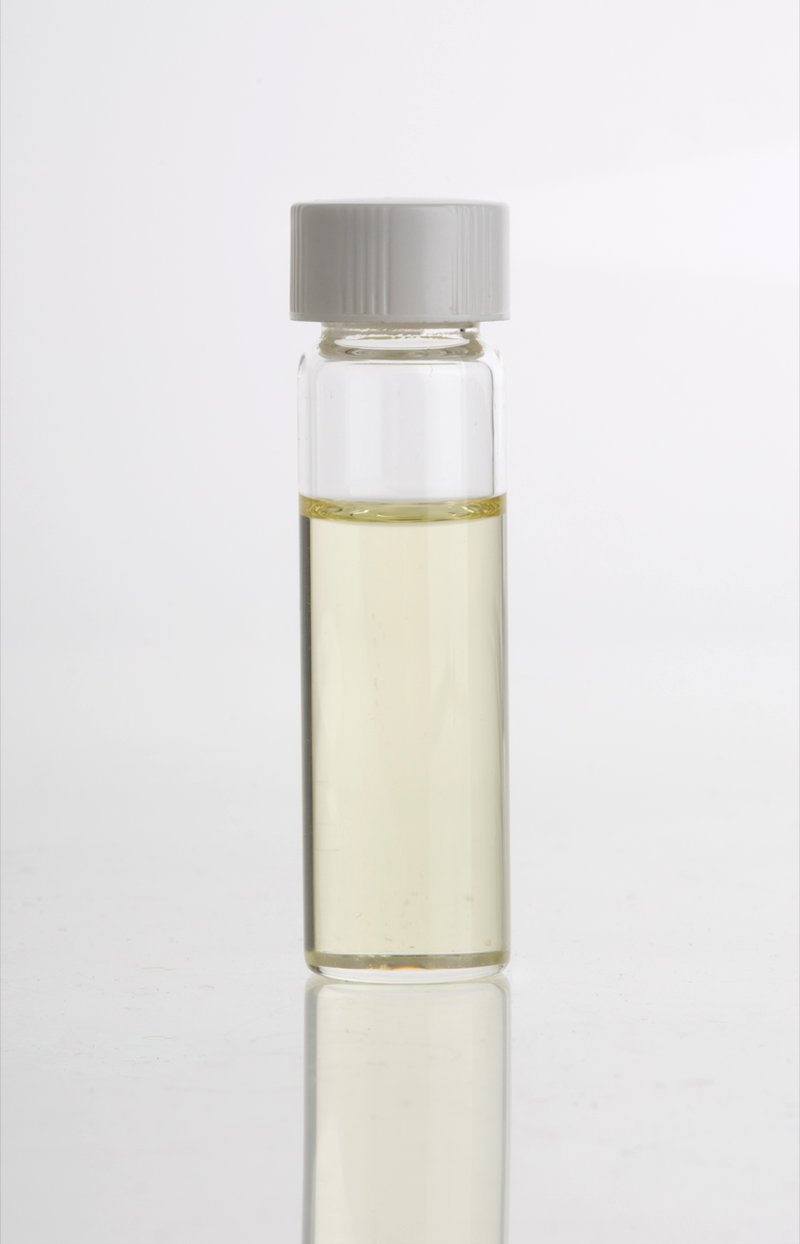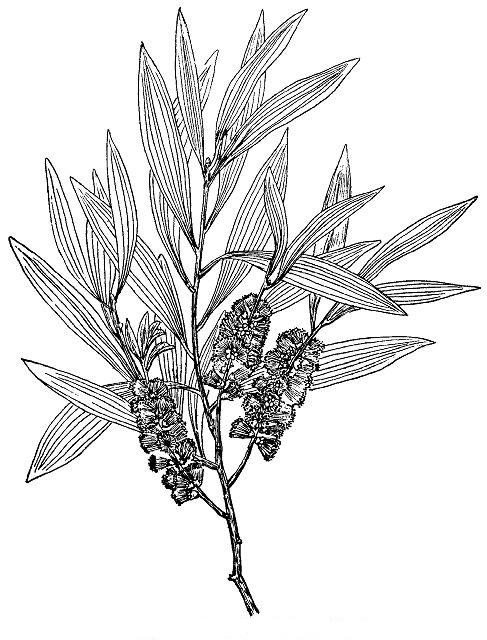[1] Potter's New Cyclopaedia of Botanical
Drugs and Preparations R.C. Wren Revised by Elizabeth M. Williamson and
Fred J Evans. First published in Great Britain in 1988 and reprinted in 1989
and 1994 by the C. W. Daniel Company Limited. 1 Church Path, Saffron Walden
Essex. Published 1988 Printed and bound by Biddles, Guildford ISBN 085207 1973
[2] Sunspirit Aromatherapy. Sunspirit Oils Pty Ltd. A Ti-Tree Place. Byron Bay
NSW 2481. www.sunspirit.com.au.
[3] D. Levitt, personal communication with Australian medicinal plants by E.V.
Lassak & T. McCarthy. Published by Reed New Holland ISBN 1876334703
[4] Australian Medicinal Plants by E.V. Lassak & T. McCarthy. Published
by Reed New Holland ISBN 1876334703
[5] Hager's Handbuch der Pharmazeutischen Praxis, J. Springer Verlag, Berlin,
1930
Images
1.
en.wikipedia.org
by
Geoffrey Derrin
CC BY-SA 4.0
2.
en.wikipedia.org
by
Itineranttrader
Public domain

